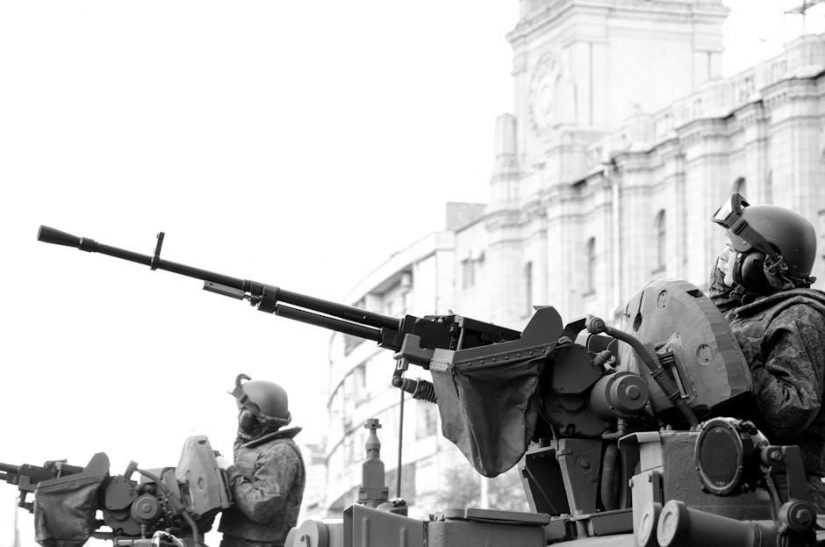The Army OCP Uniform Guide provides essential insights into the Operational Camouflage Pattern uniform, emphasizing proper wear, regulations, and maintenance to uphold professionalism and adherence to standards.
Overview of the Army OCP Uniform
The Army OCP (Operational Camouflage Pattern) uniform is a versatile, combat-focused design authorized for year-round duty wear. It consists of a coat, trousers, boots, and accessories, designed for utility and functionality. The OCP uniform is part of the Army Combat Uniform (ACU) system, optimized for operational environments. Its design emphasizes durability, comfort, and camouflage effectiveness in various terrains. Soldiers are expected to maintain its professional appearance, adhering to strict guidelines for proper wear. The OCP uniform is a critical component of a Soldier’s gear, ensuring readiness for both garrison and field operations while representing Army standards and values.
Importance of Proper Uniform Wear
Proper wear of the Army OCP uniform is vital for maintaining professionalism, discipline, and unit cohesion. Uniforms represent the Army’s values and traditions, ensuring Soldiers present a sharp, consistent appearance. Correct wear also ensures functionality in operational environments, with features like reinforced seams and proper insignia placement enhancing performance. Failure to adhere to standards can result in disciplinary action under the Uniform Code of Military Justice, emphasizing the importance of compliance. By wearing the OCP uniform correctly, Soldiers uphold the Army’s legacy and project a cohesive, professional image essential to military operations and public perception.
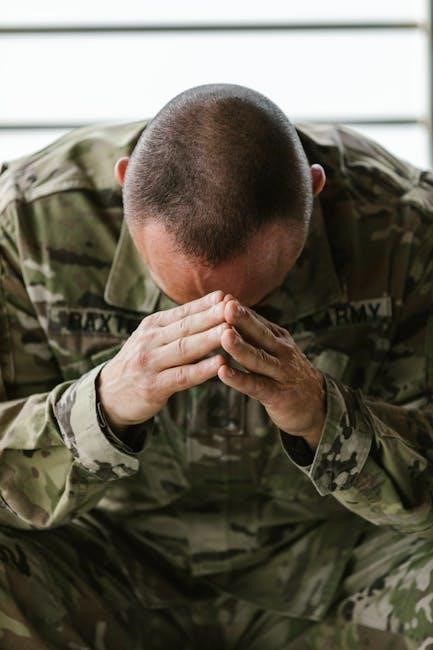
History and Evolution of the OCP Uniform
The OCP uniform, part of the Army Combat Uniform, was introduced to replace earlier patterns, offering enhanced concealment and functionality across diverse operational environments.
Origins of the OCP Pattern
The Operational Camouflage Pattern (OCP) was developed in the early 2000s to replace older camouflage designs. It was created through extensive research and testing to provide effective concealment in multiple environments. The pattern combines shades of green, tan, and brown to blend seamlessly into various terrains. Initially used by Special Operations Forces, its success led to broader adoption. The Army officially transitioned to OCP in 2015, replacing the Army Combat Uniform’s (ACU) Universal Camouflage Pattern (UCP), which was less effective. OCP’s design reflects modern warfare needs, offering versatility and practicality for soldiers in diverse combat zones.
Key Milestones in OCP Uniform Development
The OCP uniform’s development began in 2013 with the Army’s testing of new camouflage patterns. In 2015, the Army announced the OCP as the official uniform for combat situations, replacing the Army Combat Uniform (ACU). By 2018, all soldiers were required to transition to the OCP uniform. The rollout included updates to uniform components, such as improved fabric durability and better fit. In 2019, the Army expanded OCP wear to garrison environments, solidifying its role as the primary uniform. These milestones reflect the Army’s commitment to modernizing soldier attire for effectiveness and practicality.
Comparison with Previous Uniforms
The OCP uniform differs significantly from its predecessors, particularly the Army Combat Uniform (ACU). Unlike the ACU’s digital pattern, the OCP features the Scorpion W2 pattern, designed for better camouflage in natural environments. The OCP also introduced improved fabric durability and a more practical design, addressing issues with the ACU’s wear and tear. Additionally, the OCP eliminated the ACU’s controversial zipper, opting for a more traditional button-up style. These changes reflect a shift toward functionality and comfort, aligning with modern operational demands while maintaining a professional appearance.
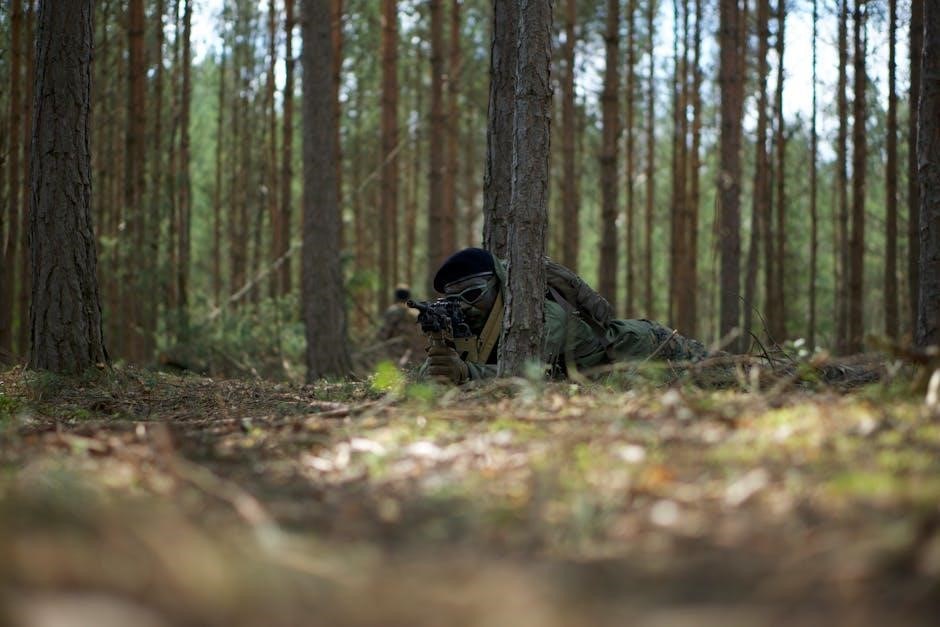
Components of the Army OCP Uniform
The Army OCP uniform includes a coat, trousers, boots, headgear, belts, and accessories. Each component is designed for functionality, durability, and adherence to military standards.
Coat and Trousers
The OCP uniform features a coat and trousers made from a durable, wrinkle-resistant fabric blend. The coat includes six pockets for storage, with a zippered chest pocket and internal map pocket. Trousers have eight pockets, including cargo pockets for utility. Both coat and trousers are designed with a streamlined fit, incorporating infrared technology to reduce visibility under night vision devices. The fabric is treated for moisture-wicking and quick drying, enhancing comfort in field environments. The uniform’s Operational Camouflage Pattern (OCP) is standardized, ensuring consistency across all personnel. Adjustability features, such as waist tabs and knee pads, are integrated for practicality and durability.
Boots and Footwear
The Army OCP uniform requires authorized boots that meet specific standards for durability and functionality. Soldiers can wear either the Belleville One Xero® or the Rocky S2V boots, both designed for rugged environments. These boots feature moisture-wicking linings, cushioned insoles, and slip-resistant outsoles. They are made from breathable, waterproof materials to ensure comfort in various conditions. Boots must be tan or Coyote in color to match the uniform. Proper fit is essential to prevent blisters and ensure mobility. Soldiers are also allowed to wear the Optional Combat Boot, which offers additional ankle support. Boots must be polished or have a Coyote finish for garrison wear.
Headgear and Accessories
The Army OCP uniform includes specific headgear and accessories to ensure functionality and uniformity. The Patrol Cap is the primary headgear, made from durable, moisture-wicking fabric to provide comfort in field environments. The Sand/Beige Beret is authorized for special occasions, such as ceremonies. Accessories include subdued rank insignia, name tapes, and U.S. Army tape in Spice Brown and Tan thread. Eye protection, such as ballistic sunglasses or goggles, is mandatory in combat zones. Scarves or neck gaiters in OCP pattern are optional for cold weather. These items ensure the uniform remains practical while maintaining its professional appearance.
Belts and Suspenders
The Army OCP uniform includes the Rigger Belt as the primary belt, designed for durability and functionality. It features a metal buckle and is made of heavy-duty nylon, ensuring it can withstand rigorous use. Suspenders are optional but must be OCP-patterned and adjustable to fit securely. They are designed to distribute the weight of equipment without restricting movement. Both belts and suspenders are crafted to complement the uniform’s tactical design while maintaining practicality. Proper wear ensures a neat and professional appearance, aligning with the uniform’s overall standards for functionality and aesthetics in field and garrison environments.
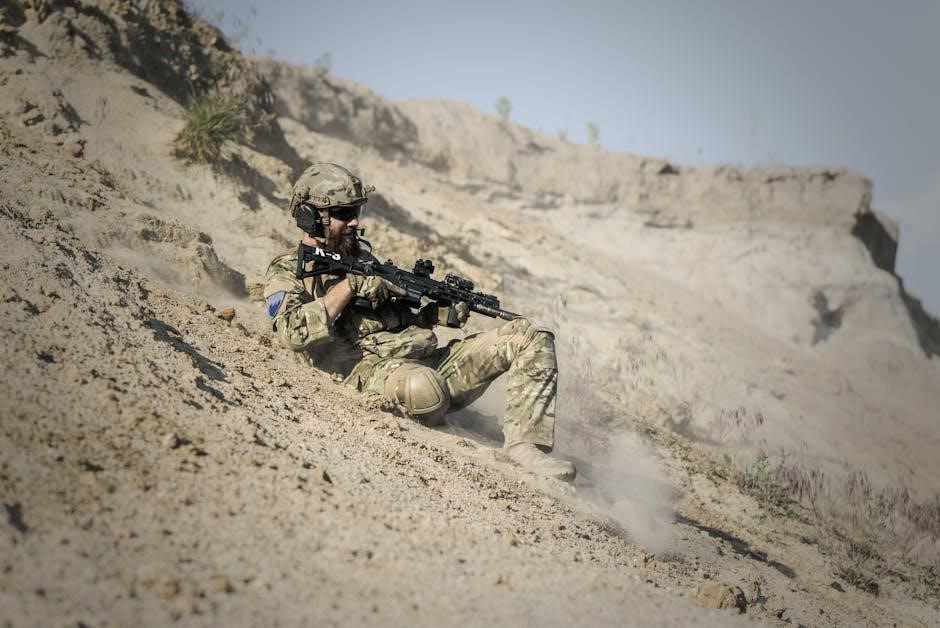
Regulations and Standards for OCP Uniform Wear
The OCP uniform must be worn according to strict Army regulations, ensuring proper fit, neat appearance, and adherence to specific guidelines for insignia, badges, and accessories.
General Guidelines for Uniform Appearance
The OCP uniform must present a professional and cohesive appearance. Soldiers are required to ensure proper fit, with trousers and coats tailored to avoid excessive bagging or tightness. Uniforms must be clean, pressed, and free of wrinkles. All components, including boots, belts, and headgear, must be worn correctly and consistently. Personal grooming standards, such as haircuts and nail care, must align with Army regulations. The uniform should be worn with pride, reflecting discipline and adherence to military standards. Proper wear ensures a sharp, uniform look across all personnel, maintaining unit cohesion and military professionalism at all times.
Insignia and Badge Placement
Proper placement of insignia and badges on the OCP uniform is essential for a professional appearance. Rank insignia is centered on the chest, 1/2 inch above the name tape. Name tapes are placed on the wearer’s right chest, and unit patches on the left sleeve; Skill badges are positioned above the name tape, with up to three badges in a horizontal line. Additional badges are placed on the right sleeve, following Army regulations. All insignia must be securely fastened and aligned correctly to maintain uniformity. Proper placement ensures clarity of identification and adherence to military standards, contributing to a cohesive and professional look.
Patch and Tab Wear
Patch and tab placement on the OCP uniform is governed by strict regulations to ensure uniformity and professionalism. Unit patches are worn on the left sleeve, with the main unit patch centered 1/2 inch below the shoulder seam. Additional patches, up to three, may be worn on the right sleeve. Tabs, such as the Ranger Tab, are positioned above the nameplate on the left chest. Special tabs, like the Sapper or President’s Hundred tabs, are placed above the unit patch on the left sleeve. All patches and tabs must be securely fastened using Velcro and comply with Army regulations to avoid unauthorized wear.
Rank Insignia Rules
Rank insignia on the OCP uniform must adhere to specific guidelines to maintain uniformity and professionalism. Enlisted ranks are worn on the upper sleeve, centered between the shoulder seam and the elbow. Officer ranks are positioned on the center chest, aligned with the nameplate. General officers’ ranks are placed on the center chest, 1/2 inch above the nameplate. Subdued rank insignia is mandatory, with sew-on ranks authorized for garrison wear. The nameplate is worn 1/4 inch above the right chest pocket, with rank insignia aligned to match. Proper wear ensures a neat and professional appearance, adhering to Army standards.
Differences Between Garrison and Field Uniforms
The Army OCP uniform varies between garrison and field environments. In garrison, the uniform is typically worn with all insignia, patches, and accessories, emphasizing professionalism and adherence to formal standards. In field settings, the uniform prioritizes functionality and camouflage. Shoulder sleeve insignia, nameplates, and rank may be omitted or subdued to minimize visibility. Boots may be more rugged, and headgear often includes the patrol cap for practicality. The field uniform also allows for rolled sleeves and untucked shirts under certain conditions. These distinctions ensure the uniform meets operational needs while maintaining its purpose in different environments.
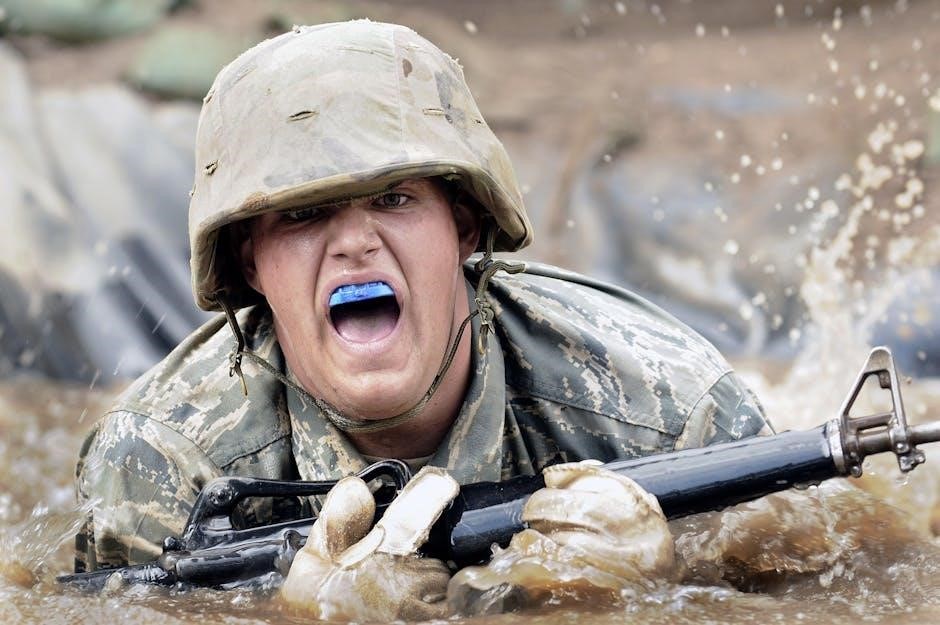
How to Wear the OCP Uniform Correctly
Ensure proper fit, with tailored coat and trousers. Keep shirt tucked, sleeves down, and rank centered. Wear boots polished and accessories aligned. Adhere to grooming standards for neat appearance.
Proper Fit and Tailoring
Achieving the correct fit is essential for professionalism and functionality. The OCP uniform coat should fit snugly, with shoulders aligned and sleeves ending at the wrist. Trousers must be tailored to avoid excessive bagging, with a straight leg that doesn’t drag. The shirt should be tucked in neatly, with the collar lying flat. Boots must fit securely, providing support without restricting movement. Tailoring is encouraged to ensure a sharp, military appearance. Proper alterations maintain functionality while adhering to uniform standards. A well-fitted uniform reflects discipline, readiness, and adherence to Army traditions.
Occasions for OCP Uniform Wear
The OCP uniform is primarily worn in field and combat environments but is also authorized for training exercises, deployments, and specific garrison activities. It is appropriate for duty shifts, field training exercises, and deployments. Soldiers may wear it during inspections, unit formations, and when conducting operational tasks. The OCP is not typically worn for formal events or ceremonies, unless specified by command. It is also authorized for travel in military vehicles or aircraft. Exceptions may apply based on mission requirements or command approval, ensuring the uniform aligns with the operational context and maintains a professional appearance.
Seasonal Considerations
The OCP uniform is designed to adapt to various climates, ensuring comfort and functionality across seasons. In hot weather, soldiers may wear the moisture-wicking, lightweight OCP shirt and trousers. For colder conditions, the Army issues additional layers like the fleece jacket or the Extreme Cold Weather System. Commanders may authorize season-specific gear, such as winter hats or gloves, to match environmental needs. Soldiers must adhere to local command guidelines for seasonal wear, ensuring the uniform remains practical and professional in all weather conditions. Proper layering and climate-appropriate accessories are essential for maintaining readiness and comfort year-round.
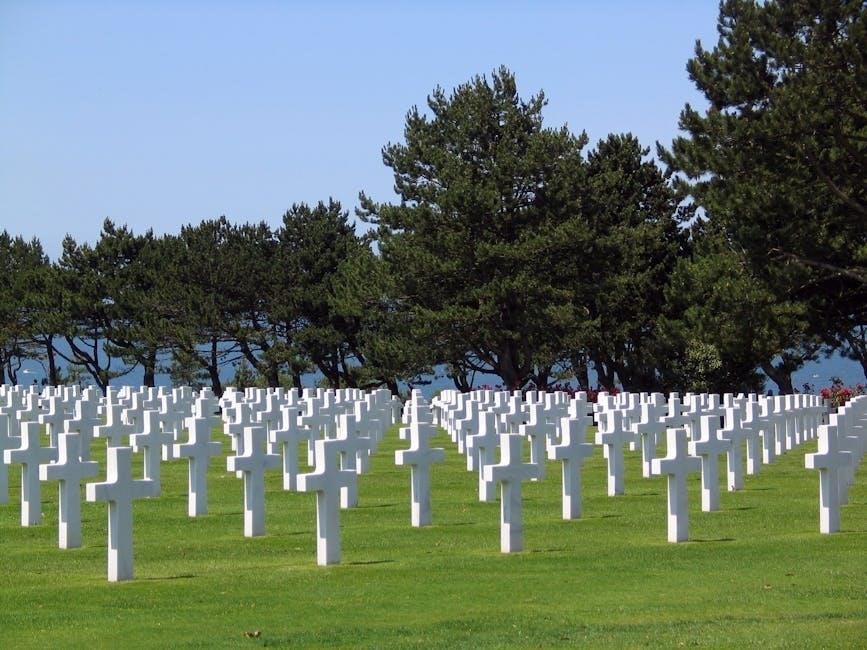
Maintenance and Care of the OCP Uniform
The OCP uniform requires regular maintenance to ensure durability and professionalism. Wash in cold water with mild detergent, avoiding bleach. Pre-treat stains, and iron while slightly damp to maintain crispness.
Cleaning and Washing Instructions
Properly cleaning the OCP uniform is essential for maintaining its appearance and durability. Wash in cold water using a mild detergent to prevent fading and damage. Turn the uniform inside out to protect the fabric finish. Avoid using bleach, fabric softeners, or starch, as these can degrade the material or affect its fire-resistant properties. For tough stains, apply a mild stain remover before washing. Air-dry or tumble-dry on a low heat setting to prevent shrinkage. Remove promptly to avoid wrinkles and creases. Always follow care label instructions to ensure the uniform retains its quality and functionality.
Ironing and Pressing Tips
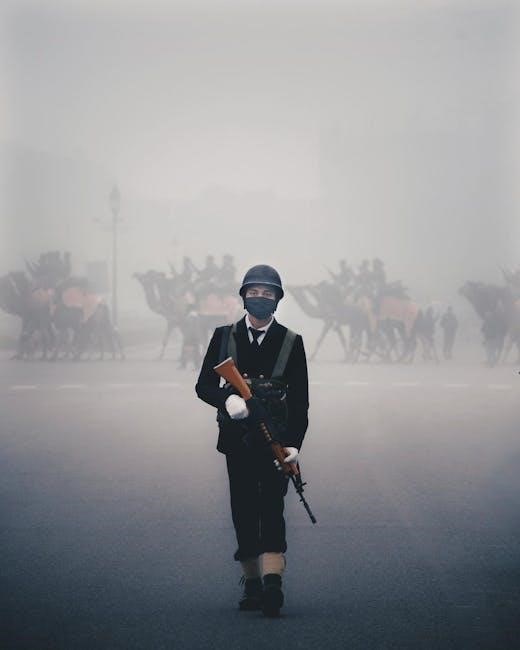
Ironing the OCP uniform requires careful attention to maintain its professional appearance. Use a medium heat setting to avoid damaging the fabric. Iron while the uniform is slightly damp for easier smoothing. Turn the garment inside out to protect the exterior finish. Focus on areas like pockets and seams, which tend to wrinkle easily. Avoid using steam excessively, as it can harm the fabric over time. For patches and insignia, place a cloth over them before ironing to prevent melting or discoloration. Pressing should be done gently to maintain the uniform’s texture and functionality.
Storage and Preservation Methods
Proper storage of the OCP uniform ensures its longevity and maintains its professional appearance. Store the uniform in a cool, dry place, away from direct sunlight to prevent fading. Use breathable storage bags or compartments to avoid moisture buildup. Hang the uniform on sturdy, padded hangers to prevent stretching or creasing. For extended storage, fold items neatly and place them in airtight containers with acid-free tissue paper to prevent mildew. Ensure all components, including boots and accessories, are clean and dry before storage. Avoid stacking heavy items on top of the uniform to preserve its shape and fabric integrity.
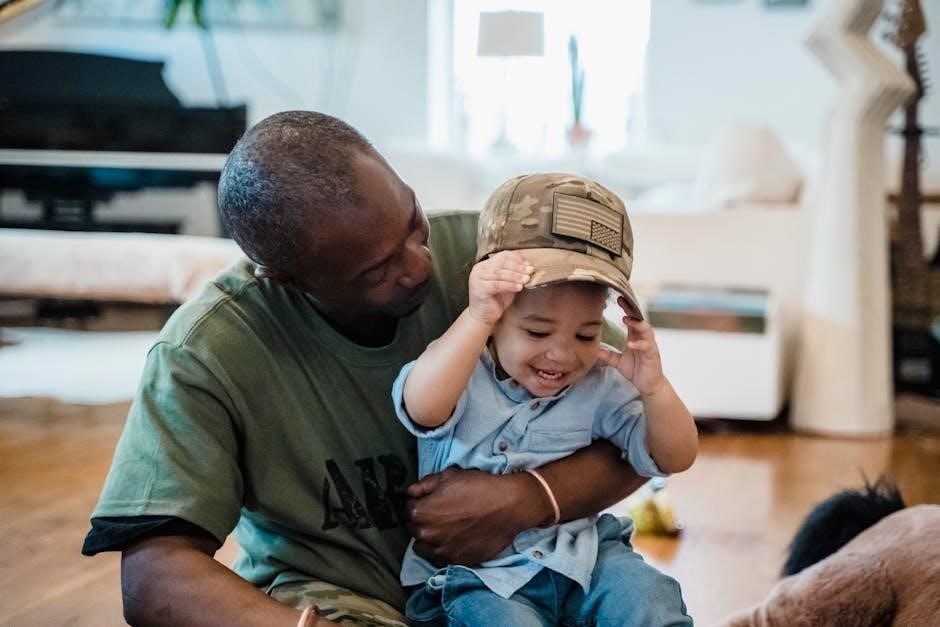
Comparison with Other Army Uniforms
The OCP uniform differs from other Army uniforms in its operational focus, unlike the ASU’s formal design. It prioritizes functionality and practicality over ceremonial use.
OCP vs. ASU (Army Service Uniform)
The OCP uniform is designed for operational environments, focusing on practicality and camouflage, while the ASU is reserved for formal ceremonies and garrison duties. Unlike the ASU, the OCP features a Scorpion W2 pattern, blending into field settings. The ASU, with its classic green coat and trousers, emphasizes a polished, professional appearance. Both uniforms serve distinct purposes, ensuring soldiers are appropriately dressed for their duties. The OCP prioritizes durability and versatility, whereas the ASU highlights tradition and formal etiquette, reflecting the Army’s dual commitment to functionality and heritage.
OCP vs. Air Force OCP
The Army and Air Force OCP uniforms share the same Scorpion W2 pattern but differ in design and accessories. The Army OCP is part of the Army Combat Uniform (ACU), while the Air Force OCP is integrated into their Airman Combat Uniform (ACU). Key differences include the Air Force’s use of spice-brown boots and unique insignia, whereas the Army uses tan or coyote-brown boots. The Army OCP includes a mandarin collar, while the Air Force version has a traditional collar. Both uniforms prioritize comfort and functionality, but distinct branch-specific features reflect their operational needs and traditions.
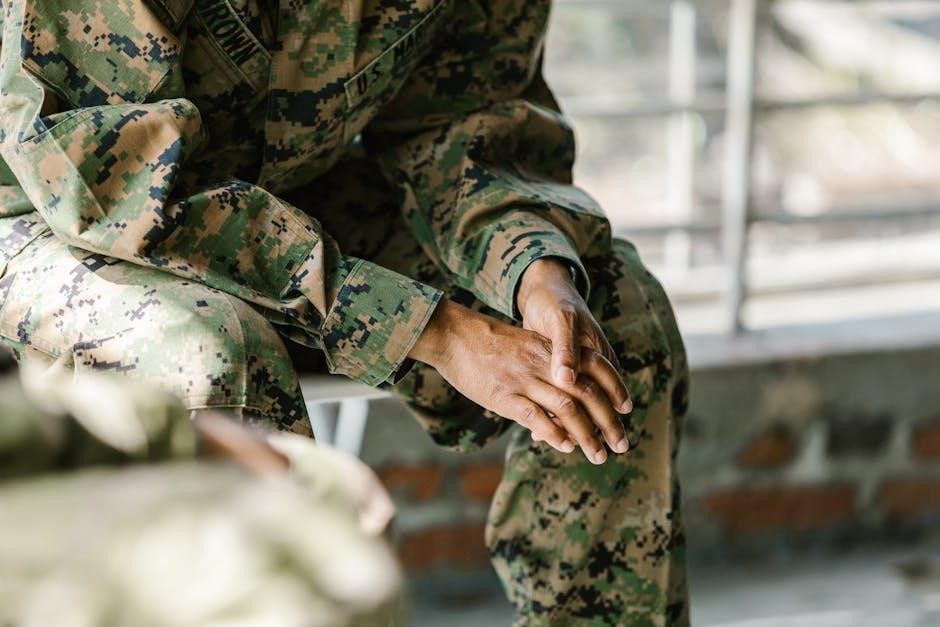
Uniform Policies and Updates
The Army regularly updates OCP uniform policies to ensure functionality and adherence to standards. Recent changes include authorization expansions and clarification on wear and appearance guidelines.
When the OCP Uniform is Authorized
The OCP uniform is authorized for wear in operational and field environments, including combat situations, training exercises, and deployments. It is also permitted during field exercises, garrison events, and when specified by unit commanders. Soldiers are required to wear the OCP uniform when conducting operations in the field or in environments where camouflage is necessary. Authorization may extend to special operations and joint exercises, depending on mission requirements. Proper wear must adhere to official regulations and guidance provided by the chain of command to ensure consistency and professionalism in uniform presentation.
Disciplinary Actions for Uniform Violations
Uniform violations can result in disciplinary actions, ranging from verbal counseling to formal corrective training or even UCMJ action. Soldiers found in violation of OCP uniform standards may face Article 15 proceedings or other administrative measures. Commanders are authorized to address discrepancies based on severity and frequency. Repeated offenses can lead to negative evaluations, impacting career advancement. Proper adherence to uniform regulations is essential to maintain professionalism and discipline within the ranks. Enforcement ensures consistency and upholds the Army’s standards of appearance and readiness.
Recent Changes and Updates
The Army has introduced several updates to the OCP uniform to enhance functionality and comfort. In 2023, a new moisture-wicking fabric was approved for the OCP combat shirt, improving breathability during prolonged field operations. Additionally, reinforced knee areas in trousers were added to increase durability. The Army also standardized accessory colors to align with the OCP palette, ensuring a cohesive appearance. These updates reflect ongoing efforts to modernize the uniform while maintaining its operational focus. Soldiers are required to adhere to these changes to stay compliant with current regulations.
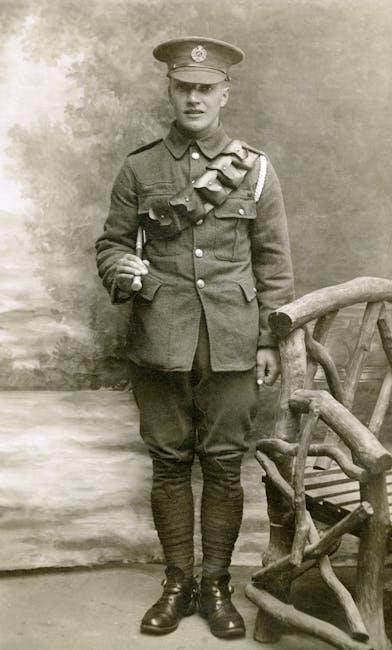
Common Questions and Misconceptions
The OCP uniform often raises questions about proper wear and regulations. Misconceptions include incorrect insignia placement and unauthorized accessories. Staying informed ensures compliance with standards.
Frequently Asked Questions About OCP Wear
Common questions about OCP wear include proper fit, authorized accessories, and seasonal variations. Soldiers often inquire about fabric types, such as the difference between cotton and nylon blends. Another frequent question is whether the OCP uniform is authorized for off-duty wear, with clear guidelines specifying its use for official duties only. Additionally, there is confusion about proper footwear, with many asking if coyote brown boots are mandatory. Finally, soldiers often seek clarification on how to obtain replacement items and whether alterations are permitted for proper fit. These questions highlight the importance of adhering to official Army regulations.
Clarifying Myths About the Uniform
Several myths surround the OCP uniform, such as the belief that it is too similar to Air Force attire or that the Scorpion pattern is ineffective. However, the OCP was specifically designed for Army operational needs, with a pattern proven to blend well in multiple environments. Another myth is that the uniform is overly restrictive, but it allows for necessary mobility while maintaining professionalism. Additionally, some think the uniform is uncomfortable, but advancements in fabric technology have improved breathability. Always refer to official Army guidelines to ensure accurate understanding and proper wear of the OCP uniform.
The Army OCP uniform represents a successful blend of functionality and professional appearance, adaptable to diverse environments while maintaining the highest standards of military tradition and discipline.
Final Thoughts on the OCP Uniform
The Army OCP uniform stands as a testament to practicality and professionalism, blending modern design with timeless military tradition. Its versatility across environments underscores its value, ensuring soldiers maintain a sharp, cohesive appearance whether in garrison or field settings. The uniform’s focus on comfort and durability reflects the Army’s commitment to soldier well-being without compromising on standards. Adherence to proper wear guidelines is essential to uphold the uniform’s integrity and the prestige it represents. As the Army evolves, the OCP uniform remains a cornerstone of its identity, symbolizing readiness and discipline for generations to come.
Importance of Adherence to Uniform Standards
Adhering to Army OCP uniform standards is crucial for maintaining discipline, professionalism, and unit cohesion. Proper wear demonstrates respect for the military tradition and fosters esprit de corps. Uniformity ensures soldiers present a consistent, sharp appearance, reflecting the Army’s values. Deviations can undermine morale and create inconsistencies, affecting overall readiness. Strict adherence to guidelines ensures fairness and equality across ranks, reinforcing the chain of command. By following standards, soldiers uphold their commitment to the Army’s legacy and contribute to a professional, cohesive force. Compliance is not just a regulation—it’s a symbol of pride and dedication to service.
